Active Recombinant Human BMP7 protein
| Cat.No. : | BMP7-27031TH |
| Product Overview : | Active Recombinant Human BMP7 protein(P18075)(Met316-His431) was expressed in CHO. |
- Specification
- Gene Information
- Related Products
- Case Study
- Application
- Download
| Species : | Human |
| Source : | CHO |
| Tag : | Non |
| Protein Length : | Met316-His431 |
| Form : | Lyophilized from a 0.22 μm-filtered solution containing 0.085% TFA, 30%ACN,5% mannitol |
| Bio-activity : | Determined by its ability to induce alkaline phosphatase production by ATDC-5 cells. The expected ED50 for this effect is 0.02-0.04 μg/ml. |
| Molecular Mass : | 13.1 kDa (monomer) |
| Endotoxin : | ≤10 EU/mg by the LAL method |
| Purity : | ≥95%, by SDS-PAGE (under reducing (R) & Non-reducing conditions, visualized by Coomassie staining) |
| Storage : | 36 months at 20°C to -80°C in lyophilized state 6 months at -20°C to -80°C under sterile conditions after reconstitution 7-10 days at 2°C to 8°C under sterile conditions after reconstitution. Use a manual defrost freezer and avoid repeated freeze-thaw cycles. |
| Reconstitution : | It is recommended to redissolve in 4 mM HCl. |
| Gene Name | BMP7 bone morphogenetic protein 7 [ Homo sapiens ] |
| Official Symbol | BMP7 |
| Synonyms | BMP7; bone morphogenetic protein 7; OP 1; osteogenic protein 1 |
| Gene ID | 655 |
| mRNA Refseq | NM_001719 |
| Protein Refseq | NP_001710 |
| MIM | 112267 |
| UniProt ID | P18075 |
| ◆ Recombinant Proteins | ||
| BMP7-27031TH | Active Recombinant Human BMP7 protein | +Inquiry |
| BMP7-03H | Recombinant Human BMP7 protein | +Inquiry |
| Bmp7-42M | Recombinant Mouse Bmp7 protein, His-tagged | +Inquiry |
| BMP7-3994H | Recombinant Human BMP7 protein, His-tagged | +Inquiry |
| BMP7-282H | Active Recombinant Human BMP7 Protein (Met315-His431), C-His tagged, Animal-free, Carrier-free | +Inquiry |
| ◆ Cell & Tissue Lysates | ||
| CPB-1276RH | Rabbit Anti-Human BMP 7 Polyclonal Antibody | +Inquiry |
| BMP7-8429HCL | Recombinant Human BMP7 293 Cell Lysate | +Inquiry |
Case 1: Huchede P, et al. Elife. 2024
Pediatric diffuse midline gliomas (pDMG) are a deadly childhood cancer, often tied to K27M mutations in histone H3. While we know these genetic changes play a part, the full story of how they drive cancer isn't clear yet. Around 20-30% of these tumors have tweaks in the BMP signaling pathway, especially through mutations in the type I receptor ALK2 (ACVR1). However, the situation in tumors lacking these mutations remains a bit of a mystery. Our research, which used different data types, shows that the BMP signaling pathway is active in both tumors with and without ACVR1 mutations. We pinpointed BMP2 and BMP7 as pathway drivers in certain cell subgroups. Through experiments with modified glioma cell lines and patient-derived cells, we found that BMP2/7 can work together with H3.3K27M to shift cells into a state that's inactive but capable of invasion.
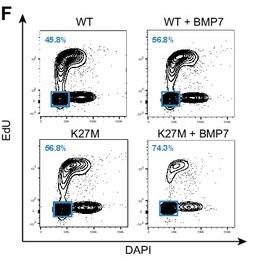
Fig1. Flow cytometry analyses of cell cycle in Res259/SF188-H3.3WT and H3.3K27M upon BMP7 treatment.
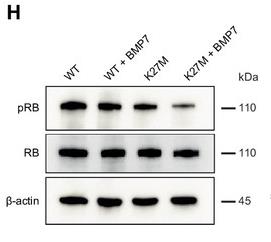
Fig2. Western-blot analysis of RB phosphorylation on S780 (pRB) in Res259-H3.3WT or H3.3K27M upon BMP7 treatment.
Case 2: Bongiovanni C, et al. Cell Rep. 2024
In zebrafish, the heart can keep repairing itself throughout life, unlike in mammals, where this ability fades soon after birth. Researchers delved into whether a drop in growth factors as mammals mature limits heart cell regeneration. They confirmed that factors like NRG1, IL1β, RANKL, IGF2, and IL6 can boost cell growth, but BMP7 stood out. Reducing BMP7 in young mouse heart cells or adult zebrafish led to less cell division, highlighting its importance in heart healing. On the flip side, upping BMP7 levels in zebrafish or giving it to young and adult mice after heart damage increased cell activity. BMP7 works through specific receptors and pathways to spur this growth.
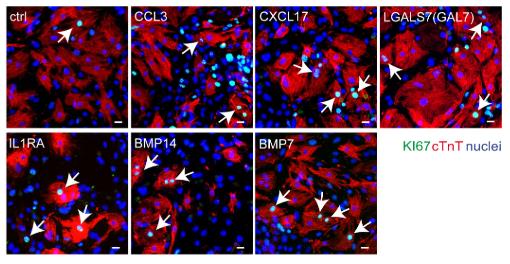
Fig1. Cardiomyocytes isolated from postnatal day 1 (P1) mice were cultured in vitro.
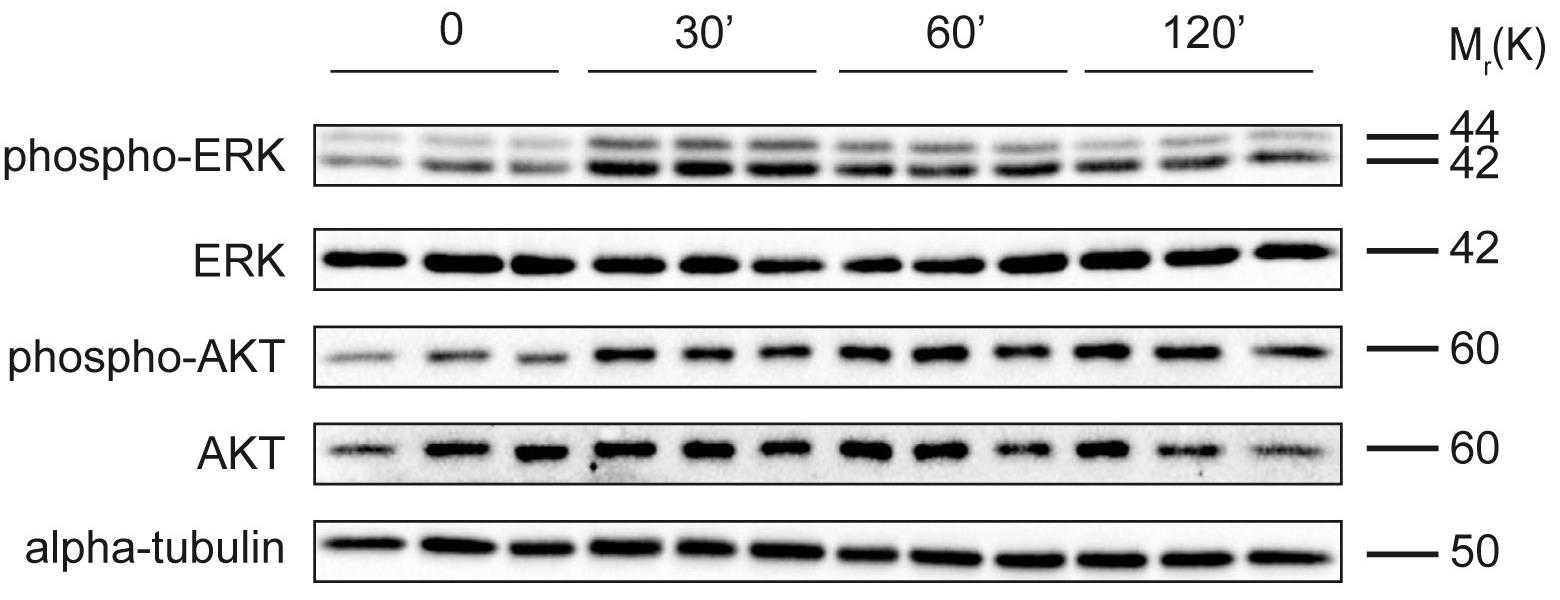
Fig2. Western blot analysis of protein levels of phospho-ERK, ERK, phospho-AKT, AKT, and alpha-tubulin in neonatal cardiac cultures following stimulation with BMP7.
Recombinant Human BMP7, also known as OP-1, is crucial for forming bones and cartilage. It's a powerful cytokine that promotes bone growth. Scientists often study rhBMP7 to see how it influences cells, particularly how mesenchymal cells develop into bone and cartilage. It's also studied in connection to the BMP-7-SMad1/5/9 signaling pathway, which impacts cancer cell behaviors like proliferation and migration. This protein's role in maintaining bone health, influencing embryonic development, and its potential as a cancer biomarker makes it a central figure in scientific investigations, with applications including assessing osteogenic differentiation through alkaline phosphatase production in cells.
In industry, rhBMP7 is pivotal for drug discovery, regenerative medicine, and bone repair. Its ability to induce bone growth is crucial for developing new treatments for bone healing. The production of rhBMP7 helps ensure standardization and reliability in scientific research by providing consistent reagents. Additionally, this protein's manufacturing supports diagnostic development, including antibodies for detecting BMP7 in samples, aiding further understanding of its functions and paving the way for new therapeutic approaches.
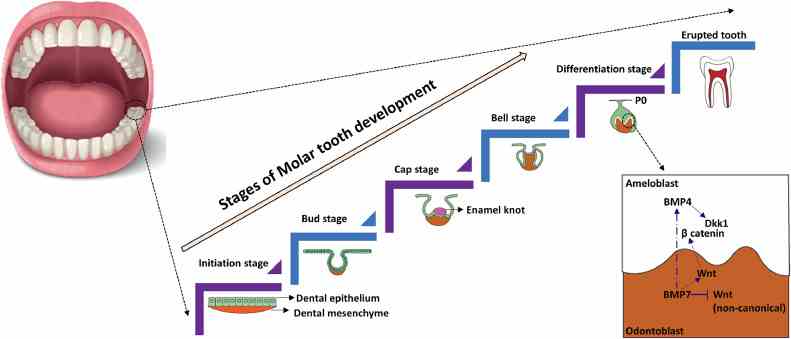
Fig1. Significance of BMP7 during tooth development. (Smriti Aryal A C, 2024)
Not For Human Consumption!
Inquiry
- Reviews (0)
- Q&As (0)
Ask a Question for All BMP7 Products
Required fields are marked with *
My Review for All BMP7 Products
Required fields are marked with *



